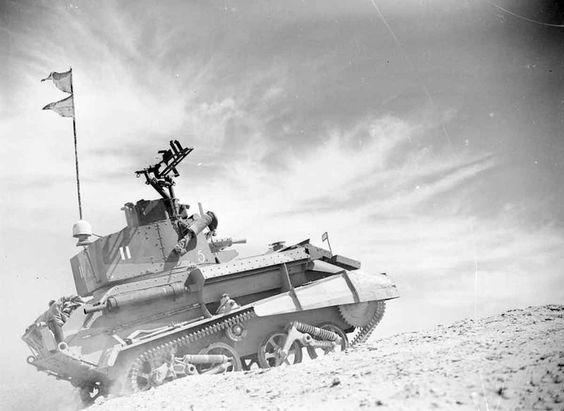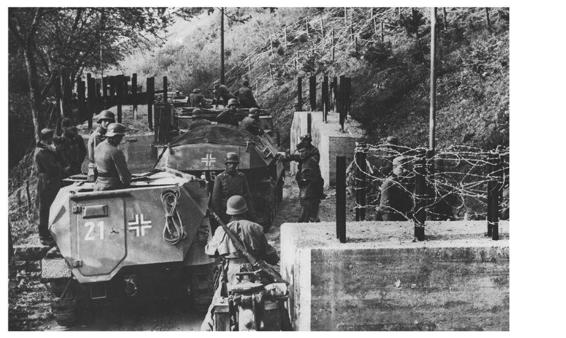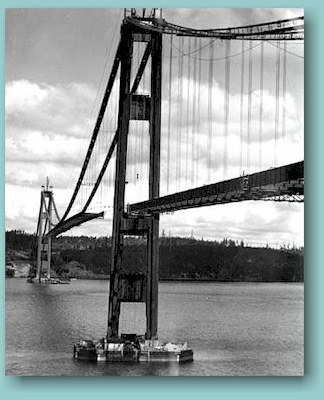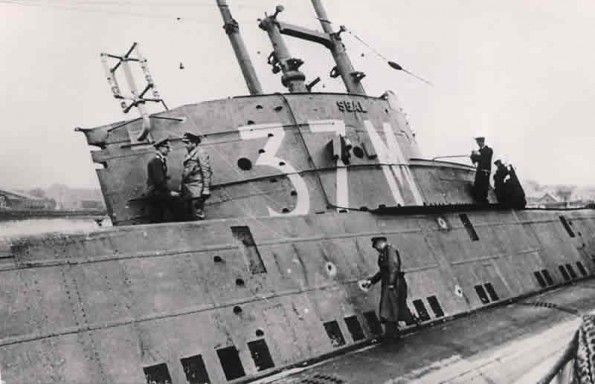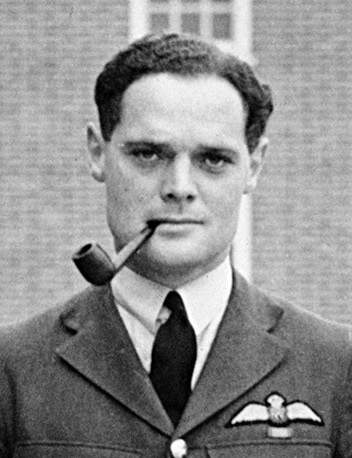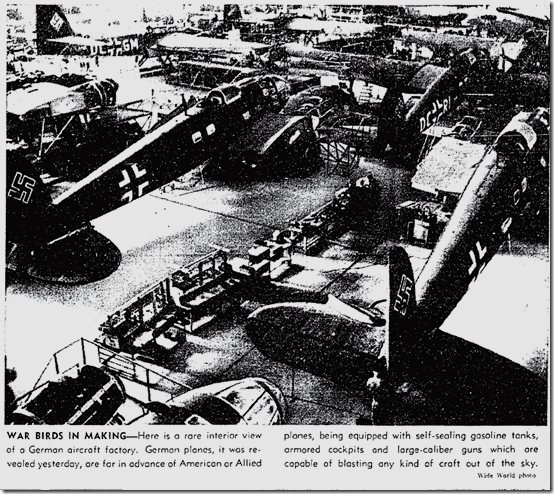Tuesday 23 July 1940
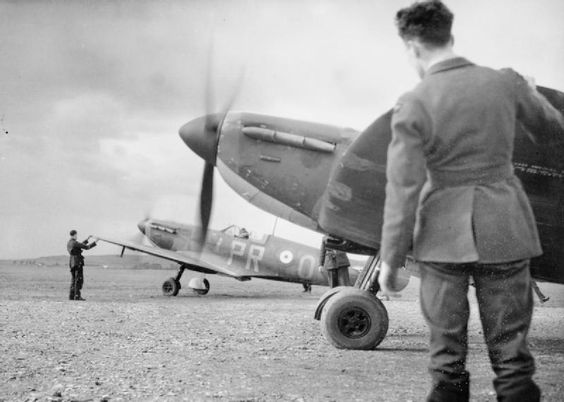 |
| Spitfire Mk. Is of B Flight of No 609 Squadron RAF. They are preparing for take-off at RAF Middle Wallop in July 1940. |
There are indeed ships there, and the RAF planes go to work, with one plane sustaining damage but no hits made on the planes. In fact, it is just a relatively routine Kriegsmarine minelayer force out of Wilhelmshaven composed of the minelayers Kaiser, Konigin Luise, Roland, Cobra, and Hansestadt Danzig, escorted by a large formation of torpedo boats. The German ships lay their mines (minefield "NW 2") without further interference. The entire incident reveals how murky the entire situation is and how difficult it is for the Admiralty to know exactly what is going on.
Aerial operations remain light. The Luftwaffe continues to target British convoys in the English Channel, but the English are getting wise to the strategy. Air Marshal Dowding protests at the difficulty of adequately protecting the Channel convoys, so some are re-routed the long way around Scotland. This reduces the easy pickings in the Channel but also causes major air battles over the fewer convoys using that short route.
There are several Luftwaffe penetrations of English airspace, but few actual interceptions due to clouds and other factors. The scattered raids are mostly in the north along the coast, and the RAF shoots down a Heinkel He 111 and a Dornier Do 215. The RAF loses no planes - a first during the Battle of Britain - and the Luftwaffe loses up to 6 planes.
The Luftwaffe also bombs British submarine HMS Truant in the North Sea but escapes any damage.
British 305 ton freighter The Lady Mostyn hits a mine and sinks a couple of miles from the Formby Light Vessel. All aboard perish.
In addition, a Canadian troop convoy, TC.6, also departs from Halifax with a destroyer escort, with one troopship destined for Iceland and the rest Scotland and England. The troopships are Batory, Antonia, Monarch Of Bermuda, Sobieski, Duchess Of York and Samaria, escorted by Canadian destroyers HMCS Assiniboine and Saguenay and British cruiser HMS Emerald.
Former British submarine HMS Seal, which the Germans previously captured, is commissioned as U-B.
Soviet submarine M-99 is commissioned.
Battle of the Mediterranean: Force H, which includes aircraft carrier HMS Ark Royal, cruiser Enterprise and destroyers Escapade, Faulknor, Foresight, and Forester. The objective is an air assault on Bordeaux. The weather turns poor and the operation is scrubbed.
At Malta, there are false air raid alerts during the day, but overnight the Italians raid Hal Far airbase and Kalafrana.
War Crimes: At Malta, an examination of downed Regia Aeronautica aircraft reveals that the Italians are using explosive bullets that have a detonator in the nose cap. Governor Dobbie sends a report to the War Office because such bullets - at least arguably - are prohibited by international treaties.
US/Soviet Relations: The Baltic States missions to the US protest against their Soviet absorption. The US refuses to recognize the Soviet annexation (pursuant to local "votes") of the Baltic States. Acting Secretary of State Sumner Welles applies the 1932 Stimson Doctrine, which states that the US is under no obligation to recognize territorial changes undertaken by force. There are numerous benefits to the Baltics of this position, such as protection of Baltic States foreign assets and the right to maintain diplomatic missions.
The document is known as the Welles Declaration, and the US is a leader in this area which precedes similar stances by many other nations. This Welles Declaration, incidentally, outlives World War II and remains in effect until the fall of the Soviet Union in 1990-91.
In Estonia, the Soviet puppet assembly rubber-stamps the Soviet takeover, transforming the nation into the Soviet Socialist Republic (SSR).
Hungary: Local Germans stage a pro-Hitler demonstration in Budapest.
 |
| Admiral Canaris (left) with good friend Reinhard Heydrich on the occasion of the latter's wedding in the 1930s. |
Czechoslovakia: Britain recognizes the Czech National Committee as the Provisional Czech Government and forms a military alliance with it.
French Somaliland: The Vichy government continues replacing its administrators in colonies to prevent any more defections to the "Free French" of Charles de Gaulle. General Germain replaces Pro-Free French General Legentilhomme.
League of Nations: The League continues its collapse into irrelevancy with the announcement from Geneva that Secretary-General Joseph Louis Anne Avenol intends to resign.
French Homefront: The Vichy government states that former Prime Minister Daladier and three members of his Cabinet will be prosecuted for causing the war.
British Homefront: Chancellor of the Exchequer Sir Kingsley Wood presents the Third War Budget. It raises the income tax 24% to 8/6 and imposes additional sin tax levies on beer, wine, tobacco products, furs, makeup, amusement businesses, and similar non-essential goods.
The Local Defense Volunteers officially is renamed the Home Guard, which Prime Minister Winston Churchill believes is a more descriptive name. The Germans have announced that they will shoot any civilians acting against their troops.
American Homefront: The British are in desperate need of aircraft, so the British Purchasing Mission secures permission (Roosevelt must approve) to purchase up to 40% of U.S. aircraft production. The mission is headed by Scottish-Canadian Montreal businessman Arthur Purvis (head of Canadian Industries Ltd (CIL)), who had performed essentially the same function during World War I. Purvis also wants destroyers and torpedo boats. Generally, everyone in the US military cooperates with the British even though technically they could prevent sales of anything deemed necessary for national security. A notable exception is Admiral Stark, who is adamantly opposed to parting with the US Navy destroyer inventory even though many of the destroyers are virtually obsolete World War I types.
 |
| Dc Treasury Secretary Henry Morgenthau and Arthur Purvis, 1940. |
July 1940
July 1, 1940: Vichy France
July 2, 1940: Arandora Star
July 3, 1940: Operation Catapult at Mers El Kébir
July 4, 1940: Romania In Crisis
July 5, 1940: The Five Freedoms
July 6, 1940: Hitler's High Point
July 7 1940: Dakar And Ringo
July 8, 1940: Tea Rationing in England
July 9, 1940: Battle of Calabria
July 10, 1940: Battle of Britain Begins
July 11, 1940: "Nous, Philippe Petain"
July 12, 1940: Enter Laval
July 13, 1940: German Surface Raiders Attack!
July 14, 1940: Bastille/Mourning Day
July 15, 1940: Tallest Man Dies
July 16, 1940: Plans for Sea Lion
July 17, 1940: Burma Road Closed
July 18, 1940: FDR Runs Again
July 19, 1940: Last Appeal To Reason
July 20, 1940: First Night Fighter Victory
July 21, 1940: Soviets Absorb Baltic States
July 22, 1940: First RAF Night Fighter Victory
July 23, 1940: Invasion False Alarm
July 24, 1940: The Meknés Incident
July 25, 1940: Black Thursday for RAF
July 26, 1940: Capture The Duke?
July 27, 1940: What's Up, Doc?
July 28, 1940: Destroyers Pulled From Dover
July 29, 1940: Barbarossa On The Burner
July 30, 1940: Hitler Delays Sealion
July 31, 1940: Bloody Wednesday of Olkusz
2020



